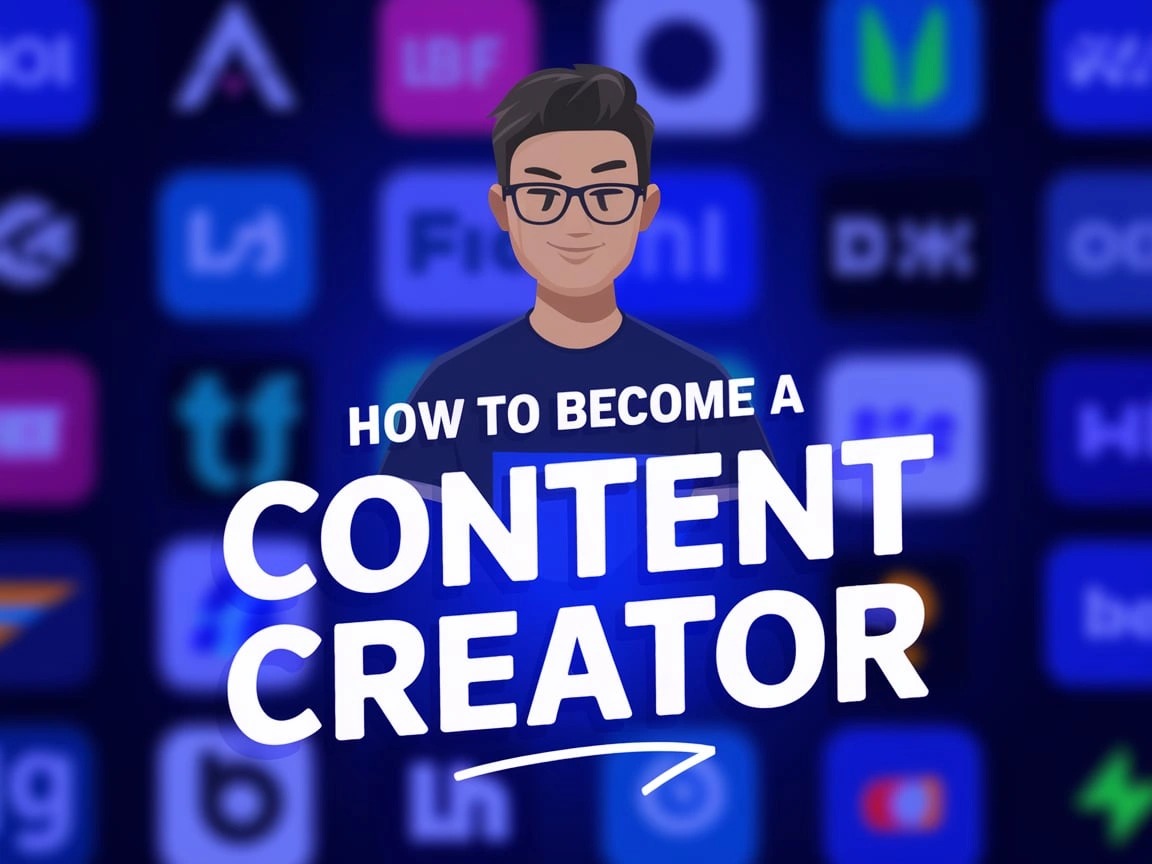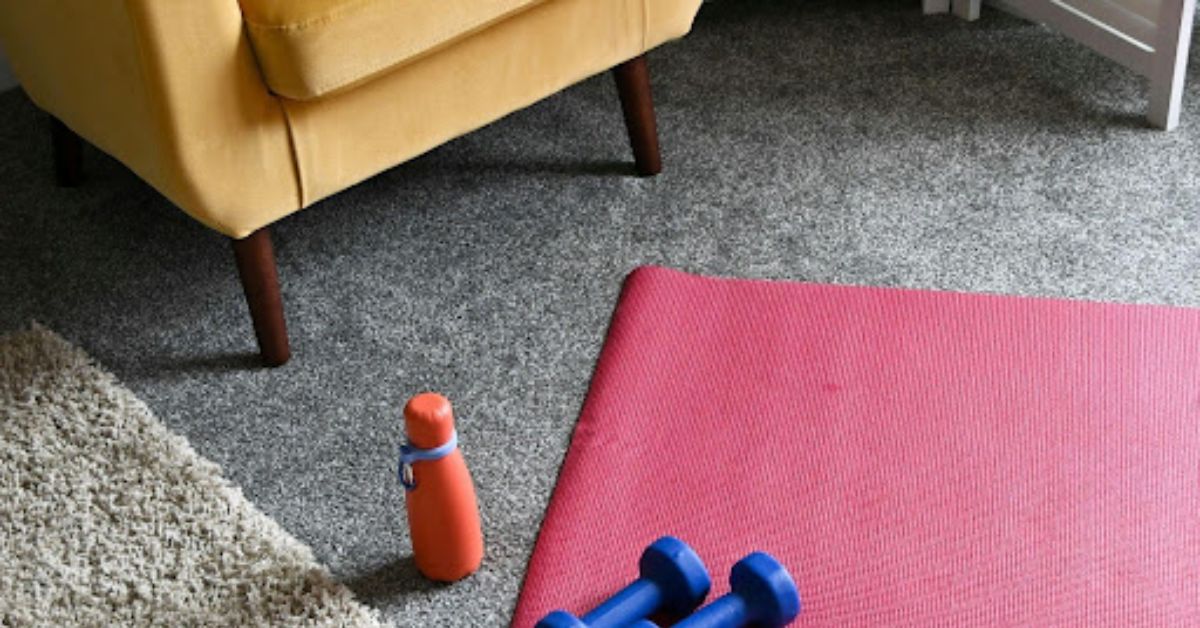In today’s digital age, content creation is one of the fastest-growing career paths. From YouTube videos to Instagram posts, blogs, and podcasts, content creators are the voices and faces behind much of what we see online. If you’ve ever wondered how to become a content creator, this guide is for you. Whether you want to do it part-time or build a full-time career, you can start your journey with just a few easy steps.
What is a Content Creator?
A content creator is someone who produces digital material that informs, entertains, educates, or inspires people. This could include:
- Blog articles
- Social media posts
- YouTube videos
- Podcasts
- Online courses
- Photography or short-form videos
Content creators use platforms like Instagram, TikTok, YouTube, Facebook, LinkedIn, and personal blogs to reach their audience.
Why Become a Content Creator?
There are many reasons people choose to become content creators:
- Express creativity and share your message
- Build a personal or professional brand
- Earn income through ads, sponsorships, and sales
- Connect with people from around the world
- Work from anywhere, on your own schedule
Whether you’re passionate about fashion, tech, fitness, food, education, or gaming—there’s a space for everyone.
Step 1: Choose Your Niche
Start by deciding what type of content you want to create. Your niche should reflect your interests and expertise. The more focused your topic, the easier it is to attract and keep an audience.
Popular niches include:
- Travel
- Personal finance
- Parenting
- Fitness
- Tech reviews
- Cooking
- Motivational content
Pick something you’re genuinely interested in. Passion keeps you consistent.
Step 2: Know Your Audience
Understanding your target audience helps you create content that resonates. Ask yourself:
- Who do I want to reach?
- What problems can I help solve?
- What type of content does my audience enjoy?
Research what’s trending in your niche, what your competitors are posting, and what people are engaging with online.
Step 3: Pick the Right Platform
Where you share your content depends on what type of content you create.
- YouTube: Best for long videos and tutorials
- Instagram/TikTok: Great for short, visual content
- Blogs: Ideal for writing and SEO-based content
- Podcasts: Perfect for interviews and discussions
- LinkedIn: Professional content and personal branding
Start with one platform and build consistency before expanding to others.
Step 4: Plan Your Content
Don’t post randomly. Successful creators plan their content in advance. Create a content calendar with topics, publishing dates, and formats.
Tips for better planning:
- Mix educational, entertaining, and inspirational content
- Reuse content in different formats (e.g., blog to video)
- Follow trends but stay true to your brand
Planning saves time and keeps your content fresh and consistent.
Step 5: Create High-Quality Content
Your content should be clear, helpful, and visually appealing. Even basic tools like a smartphone and free editing apps can produce great results if used right.
What makes content stand out:
- Good lighting and clear audio for videos
- Simple, clean visuals for images and posts
- Helpful, easy-to-read blog posts
- Engaging captions and calls to action
Always aim to provide value. Make your audience feel like they’ve gained something.
Step 6: Engage With Your Audience
Content creation isn’t just about posting—it’s about building a community. Respond to comments, ask questions, and encourage interaction.
Benefits of engaging:
- Builds trust and loyalty
- Encourages more people to follow and share your content
- Helps you learn directly from your audience
Your audience is the heart of your growth—treat them like a priority.
Step 7: Learn Basic SEO and Analytics
If you’re using platforms like YouTube or blogging, basic SEO (Search Engine Optimization) helps your content get discovered.
Things to focus on:
- Use relevant keywords in your titles and descriptions
- Write clear headings and use tags or categories
- Track what content performs best using analytics tools
Knowing what works allows you to adjust and grow faster.
Step 8: Stay Consistent and Keep Improving
Consistency is key. Whether it’s one post per week or three videos a month, keep a schedule that works for you and stick to it.
Ways to keep improving:
- Watch tutorials and take free courses
- Study other creators in your niche
- Ask your audience for feedback
- Update old content to keep it relevant
Growth takes time. The more you create, the better you’ll get.
How Content Creators Make Money
Once you build an audience, there are several ways to earn income:
- Brand Sponsorships: Companies pay you to promote their products
- Affiliate Marketing: Earn commission by sharing product links
- Ad Revenue: Earn from ads on YouTube or blog traffic
- Selling Products: Create and sell ebooks, merch, courses, or presets
- Offering Services: Use your skills to offer coaching, consulting, or freelance work
Start small, and as your platform grows, so will your income opportunities.
Final Thoughts
If you’re wondering how to become a content creator, the answer is simple: start now. You don’t need fancy gear or a massive audience—just a clear message, a consistent plan, and a passion for what you share. Build your skills, connect with your audience, and don’t be afraid to try new things. Over time, you’ll not only grow your platform but also create opportunities to turn your passion into income.
Frequently Asked Questions
Do I need expensive equipment to become a content creator?
No. Many successful creators start with a smartphone and free editing tools.
How long does it take to grow as a content creator?
Growth varies, but consistency and quality help you build an audience faster. Some see results in months, others in a year or more.
Can I be a content creator part-time?
Absolutely. Many people create content while working or studying. You can always scale up later.
Is content creation a stable career?
Yes, if you treat it seriously. Many creators now earn a full-time income, especially by diversifying their revenue sources.
What if I run out of ideas?
Listen to your audience, follow trends in your niche, and repurpose old content. Inspiration is everywhere!











